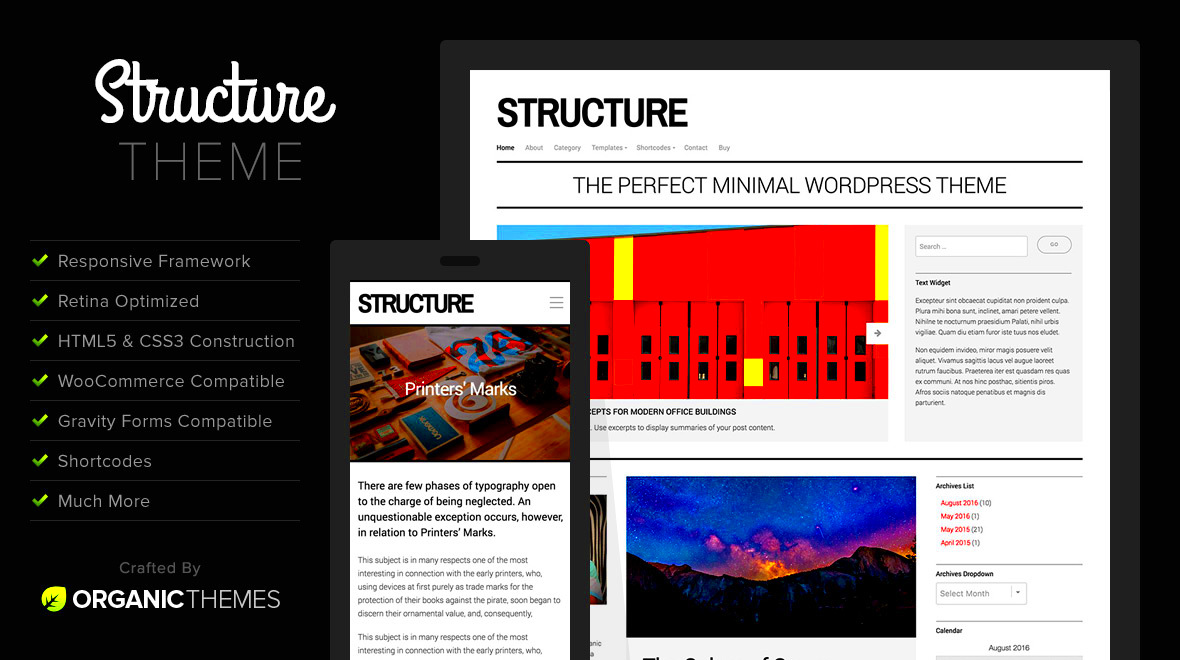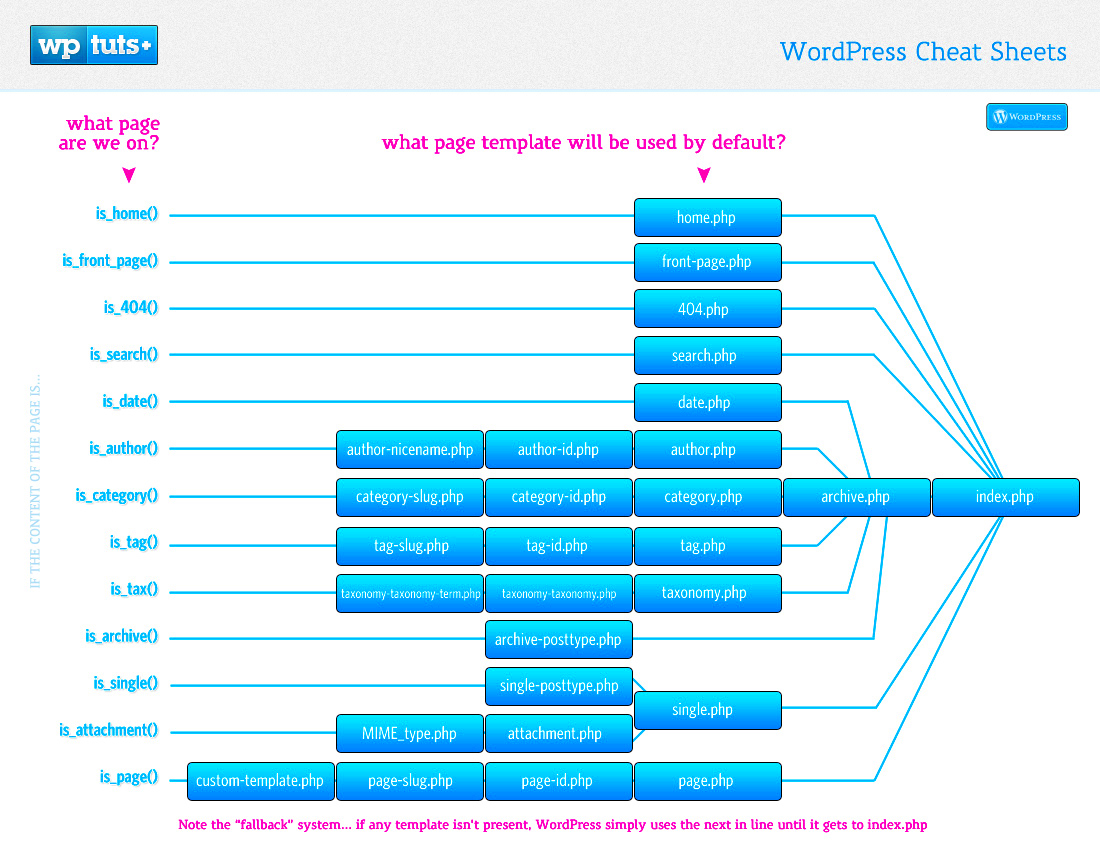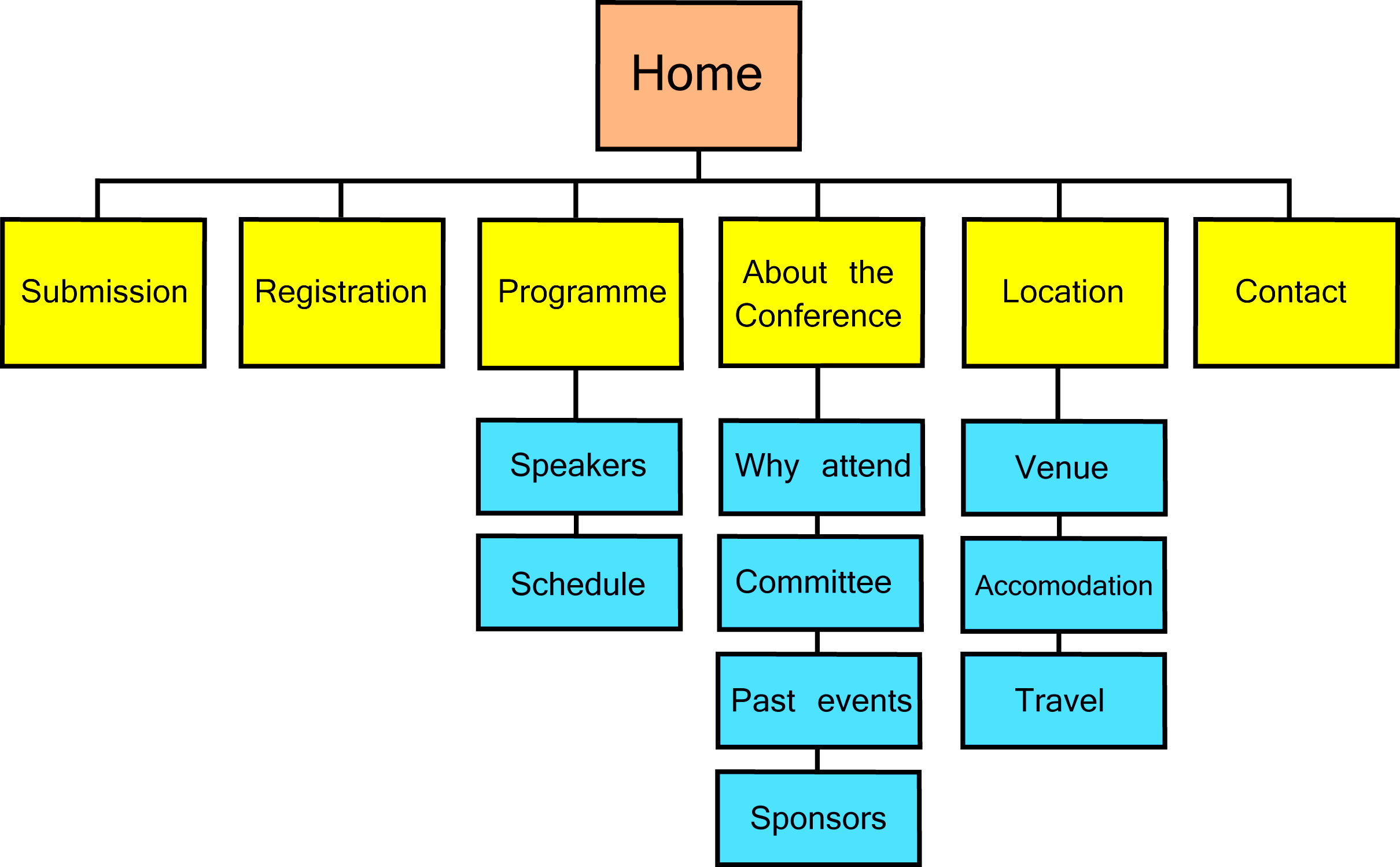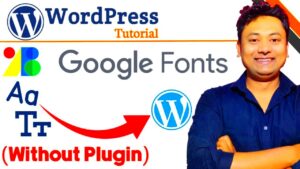Are you looking to create a stunning website for your Accessory Dwelling Unit (ADU) project? If so, you’re in luck! ADU structure website templates are designed specifically to cater to the needs of homeowners, builders, and real estate enthusiasts interested in ADUs. These templates not only make it easier to showcase your properties but also offer an aesthetically pleasing and user-friendly experience for visitors. In the age of digital solutions, using these templates with WordPress is a match made in heaven!
Benefits of Using ADU Structure Website Templates with WordPress

Now that you understand what ADU structure website templates are, let’s dive into the benefits of using them with WordPress. There are numerous reasons why this combination is ideal for anyone looking to establish a strong presence in the ADU market.
- Ease of Use: WordPress is known for its user-friendly interface. Even if you have little to no coding experience, you can easily customize your ADU template to fit your needs.
- Responsive Design: Most ADU structure templates are designed to be mobile-friendly. This ensures that your website looks great on all devices, which is crucial as many users browse on their smartphones.
- SEO Optimization: WordPress has built-in SEO capabilities and many templates are optimized for search engines. This can help improve your visibility and drive more traffic to your site.
- Variety of Options: There are numerous ADU templates available for WordPress, allowing you to choose a design that resonates with your style and audience.
- Integration with Plugins: WordPress supports a wide range of plugins that can enhance the functionality of your site—think contact forms, galleries, and even booking systems for tours!
All in all, using ADU structure website templates with WordPress offers a multitude of benefits that can help you effectively showcase your ADU projects and attract interested visitors.
Choosing the Right ADU Structure Template

When diving into the world of ADU (Accessory Dwelling Unit) structure templates, picking the right one might seem daunting. With a plethora of options available, it’s crucial to filter through them to find the perfect fit for your vision. Here are some key factors to consider:
- Functionality: What features do you need? Consider templates that offer functionalities such as scheduling, photo galleries, and contact forms. These not only enhance user experience but also help to showcase your ADU project effectively.
- Design and Aesthetics: Visual appeal matters! Go for a template with a sleek, modern design that resonates with your brand. You want your site to reflect the charm of your ADU structures. Look for templates with customization options that allow you to tweak colors and layouts.
- Responsive Design: In today’s mobile-first world, a responsive template is a must. Ensure that the template looks just as great on smartphones and tablets as it does on desktops.
- SEO Optimization: Choose a template that is SEO-friendly. This will help improve your site’s visibility, making it easier for potential clients to find you.
- Support and Updates: Check if the template provider offers regular updates and customer support. This can save you a lot of hassle down the road, especially if you run into any technical issues.
By keeping these considerations in mind, you’ll be well on your way to choosing an ADU structure template that not only meets your needs but also elevates your online presence.
Installing WordPress and Setting Up Your Site
So, you’ve chosen your ideal ADU structure template—now what? It’s time to roll up your sleeves and get your WordPress site up and running. Here’s a step-by-step guide to simplify the installation process:
- Choose a Hosting Provider: Start by finding a reliable hosting provider that suits your budget and needs. Look for one with good uptime, customer support, and compatibility with WordPress.
- Install WordPress: Most hosting providers offer a simple, one-click installation option for WordPress. Just locate the install WordPress option in your hosting dashboard, click on it, and follow the prompts. Your website will be ready in no time!
- Access the WordPress Admin Area: Once installed, you can log in to your WordPress admin dashboard by navigating to
yourdomain.com/wp-admin. Use the credentials you set during the installation. - Choose Your Template: In the dashboard, go to Appearance > Themes. Here, you can upload the ADU structure template you chose earlier. Activate it to make it live on your site!
- Customize Your Site: Take advantage of the customization options available in the Appearance > Customize section. Modify header images, colors, and menus until your site reflects your vision and style.
- Add Essential Plugins: Consider installing plugins for SEO, performance, and security. Popular choices include Yoast SEO for search optimization and Wordfence Security for site protection.
Setting up WordPress doesn’t have to be overwhelming. By following these straightforward steps, you’ll have your site tailored and primed to showcase your amazing ADU structures!
How to Install Your ADU Structure Template
Installing your ADU (Accessory Dwelling Unit) structure template on WordPress is a straightforward process, but there are a few steps you should follow to ensure everything runs smoothly. Don’t worry; even if you’re not tech-savvy, I’ll walk you through it!
Here’s a simple step-by-step guide:
- Download Your Template: Start by downloading the ADU structure template file from the source where you purchased or obtained it. Make sure to unzip the file if it comes in a compressed format.
- Log into Your WordPress Dashboard: Access your website by logging into the WordPress admin panel. Usually, this can be done by going to yoursite.com/wp-admin.
- Navigate to Themes: In the left sidebar of the dashboard, click on “Appearance” and then select “Themes.”
- Add New Theme: At the top of the Themes page, you’ll see an “Add New” button. Click on it, and then choose the “Upload Theme” option.
- Upload Your Template: Click the “Choose File” button, select the ADU template zip file you downloaded, and hit “Install Now.”
- Activate Your Template: Once the installation is complete, you will see a success message. Click on “Activate” to set your new template as the active theme for your site.
And voila! You have successfully installed your ADU structure template on WordPress. If you encounter issues, don’t hesitate to check the template’s documentation or reach out to the support team for assistance.
Customizing Your ADU Structure Template
Customizing your ADU structure template is where the fun begins! Whether you want to tweak colors, fonts, or layouts, WordPress provides you with numerous tools to make your site uniquely yours. Let’s dive into some of the exciting options available!
Here are some customization methods you can explore:
- WordPress Customizer: Go to Appearance > Customize to access the WordPress Customizer. This tool lets you change site identity (like your logo and title), colors, menus, widgets, and more. You’ll see a live preview of your changes!
- Page Builders: Consider using drag-and-drop page builders like Elementor or WPBakery. These tools allow you to design and customize pages with a simple user interface. You can add elements like text boxes, images, and buttons effortlessly.
- Editing Code: If you’re comfortable with CSS or HTML, you can customize your template further by editing the code directly. Just navigate to Appearance > Theme Editor to access the theme files.
- Plugins for Additional Functionality: If your template doesn’t have all the features you want, don’t worry! You can enhance your site’s functionality by adding plugins. For instance, you could install SEO plugins, sliders, or contact forms to elevate user experience.
Finally, don’t forget to preview your changes before making them live. Once you’re happy with your customizations, click the “Publish” button to make your updates visible to your audience. Customization allows you to showcase your personality and connect with your visitors, so get creative!
7. Adding Content: Tips for Effective Presentation
When it comes to adding content to your ADU (Accessory Dwelling Unit) structure website using WordPress templates, presentation is everything. You want your visitors to not just glance at your content but truly engage with it. Here are some essential tips to make your content stand out:
- Use Engaging Headlines: Begin with attention-grabbing headlines. They should be clear, concise, and pique the interest of your readers.
- Prioritize Readability: Break up text into manageable chunks. Use short paragraphs, bullet points, and lists to make your information easier to digest.
- Incorporate Visuals: Images, videos, and infographics are powerful tools. They not only illustrate your points but also keep your audience engaged.
- Be Concise: Keep your content focused and to the point. Remove any fluff that doesn’t serve the purpose of your information.
- Utilize Call-to-Actions (CTAs): Encourage your visitors to take action with well-placed CTAs. Invite them to contact you, schedule consultations, or explore more resources.
- Maintain a Consistent Tone: Whether you’re being formal or casual, make sure your tone is consistent throughout your content. This builds trust with your audience.
By implementing these tips, you can create a compelling narrative on your ADU website that encourages deeper engagement and drives potential clients to take the necessary steps.
8. Integrating Plugins for Enhanced Functionality
WordPress is renowned for its extensibility, primarily through plugins, and leveraging these can significantly enhance the functionality of your ADU structure website. Here’s how to make the most of them:
| Plugin Name | Purpose | Benefits |
|---|---|---|
| Yoast SEO | SEO Optimization | Improves your site’s visibility on search engines, helping potential clients find you easily. |
| Contact Form 7 | Creating Forms | Enables you to create customizable contact forms for inquiries, which can boost client engagement. |
| WPBakery | Page Builder | Allows for drag-and-drop page building, making it easier to design pages without coding knowledge. |
| WooCommerce | E-Commerce | If you want to sell products or services, this plugin provides a robust platform. |
| MonsterInsights | Analytics | Connects your site to Google Analytics, helping you track visitor behaviour and improve your marketing strategy. |
To integrate plugins, simply navigate to the “Plugins” section in your WordPress dashboard, search for your desired plugin, and click “Install Now.” Once activated, many plugins will guide you through configuration to ensure you get the most out of them.
By choosing the right plugins, you can create a robust ADU website that not only looks great but also functions seamlessly, offering visitors a superior experience.
Optimizing Your ADU Website for SEO
When it comes to creating a successful ADU (Accessory Dwelling Unit) website, optimization for search engines is key. SEO, or Search Engine Optimization, helps your site rank higher in search results, making it easier for potential clients to find you. Here’s how you can effectively optimize your ADU website using WordPress:
- Keyword Research: Start by identifying keywords that potential customers might use. Think of terms such as “ADU design ideas,” “build an ADU,” or “ADU planning permits.” Tools like Google Keyword Planner or Ubersuggest can help refine your keyword list.
- Quality Content: Create engaging and informative content that incorporates your targeted keywords naturally. Blogs, guides, and articles about ADUs can position you as an expert while providing value to your audience.
- Meta Tags: Don’t overlook the importance of meta titles and descriptions. Ensure they include your main keywords and are compelling enough to encourage clicks.
- Images and Alt Text: Since ADUs are often visually appealing, use high-quality images. Don’t forget to optimize them by adding relevant alt text, which search engines use to understand the content of your images.
- Mobile Optimization: With most users browsing from mobile devices, ensure your website design is responsive. Google favors mobile-optimized sites in its rankings.
- Internal and External Links: Create a network of internal links to keep visitors on your site longer. Additionally, include credible external links to reputable resources on ADUs.
- Site Speed: Page loading speed impacts both user experience and SEO. Use tools like Google PageSpeed Insights to monitor and improve your site’s performance.
By implementing these strategies, you can effectively optimize your ADU website, boosting its visibility and attracting more visitors!
Testing and Launching Your Website
Now that you’ve built your ADU website with the perfect template, it’s time for the exciting part: testing and launching! This stage is crucial to ensuring that everything runs smoothly and effectively communicates your brand’s message. Here’s how to go about it:
- Browser Compatibility: Check your website in multiple browsers (Chrome, Firefox, Safari) and devices (desktop, tablet, smartphone). This ensures that it looks good and functions well everywhere.
- Functionality Testing: Go through each feature on your site to confirm that links work, forms are submitting correctly, and there are no broken images. Pay close attention to your contact forms and booking inquiries, as they are often key touchpoints for clients.
- Content Review: Proofread all text for grammatical errors and clarity. Make sure that every piece of content aligns with your brand voice and effectively communicates what you want to convey about ADUs.
- SEO Review: Revisit the SEO elements you set up initially. Make sure that meta tags, keywords, and alt texts are appropriately in place before launching.
- Security Checks: Implement SSL certificates and security plugins. This not only protects your site but also builds trust with your visitors.
- Analytics Setup: Integrate tools like Google Analytics to track visitor behavior and gather valuable insights on website performance post-launch.
- Soft Launch: Before fully launching, consider a soft launch. Share the site with friends, family, or a select audience for initial feedback and to catch any last-minute issues.
Once you’ve gone through these steps and ironed out any kinks, you’re ready to hit that launch button! Celebrate this achievement, and don’t forget to promote your new ADU website through social media and other marketing channels to attract that early traffic!
Conclusion: Making the Most of Your ADU Structure Website
Building a website for your Accessory Dwelling Unit (ADU) structure can enhance your property’s appeal and functionality. By using ADU structure website templates with WordPress, you can create an engaging online presence that showcases your project, offers information, and draws in potential clients or renters. Here’s how to maximize the impact of your website:
- Select the Right Template: Choose a template that reflects the style and purpose of your ADU, ensuring it’s user-friendly and visually appealing.
- Customize Your Content: Tailor the content to highlight your ADU’s unique features, such as eco-friendliness, size, layout, and aesthetics.
- Utilize High-Quality Images: Include professional photos that capture the essence of your ADU. This can significantly enhance engagement.
- Implement SEO Best Practices: Optimize your website for search engines by using relevant keywords, meta tags, and alt text for images.
- Incorporate an Informational Blog: Consider adding a blog section where you can share tips, updates, and stories related to ADUs.
Furthermore, utilizing plugins can streamline your website’s functionality. For example:
| Plugin | Purpose |
|---|---|
| Yoast SEO | Optimize your content for search engines. |
| Contact Form 7 | Facilitate easy communication with potential renters or buyers. |
| WooCommerce | Set up an online store for rental bookings, if applicable. |
Ultimately, leveraging ADU structure website templates with WordPress can propel you toward achieving your goals, whether that’s for rental income, showcasing your work, or providing potential clients with valuable insights.



